Behringer Cable Tester CT100 is a pretty nice and cheap cable tester for all kinds of audio cables.The CT100 accepts many type of cable you might use in a recording or live performance situation: XLR, mono and TRS phone (¼”, 1⁄8″, TT), RCA and even MIDI. here are three operating modes: Cable Test, installed Cable Tester or Tone. The CT100 can check for continuity, intermittency, the presence of phantom power and grounded shields.
Behringer Cable Tester CT100 Features:
Easy-to-use cable tester for common audio cables.
Tests XLR, 1/4″ TRS, 1/8″ TRS, TT TRS, RCA, and MIDI cables.
Microprocessor-controlled modes include Cable Test, Installed Cable Test, and Tone.
Runs on 2 AA batteries.
CT100 Professional 6-in-1 Cable Tester video
Many connectors are on front panel, but some of the connectors are places on the sides of the device:
Because some Googling did not show up any teardown or other report that shows what is inside CT100, I decided to take a look.
Opening means removing eight screws and two nuts.
When those were removed, the metal front panel can be pulled out and we can see what is inside.
There is not very much interesting seeing on this, but some details. The device has one big main chip, what is most probably some micro-controller chip where software does the most test tricks. In addition to this the circuit board shows two 74HC138 1-of-8 inverting decoder/demultiplexer chips. those seem to be mostly go to controlling the front panel LEDs. There is a 4 MHz oscillator crystal or other resonator for generating micro-controller clock. Different input and output connectors seem to be wired in parallel. There are many diodes and resistors for both protection (48V phantom power could damage the 3V micro-controller if gets there) and signal level adaptation.
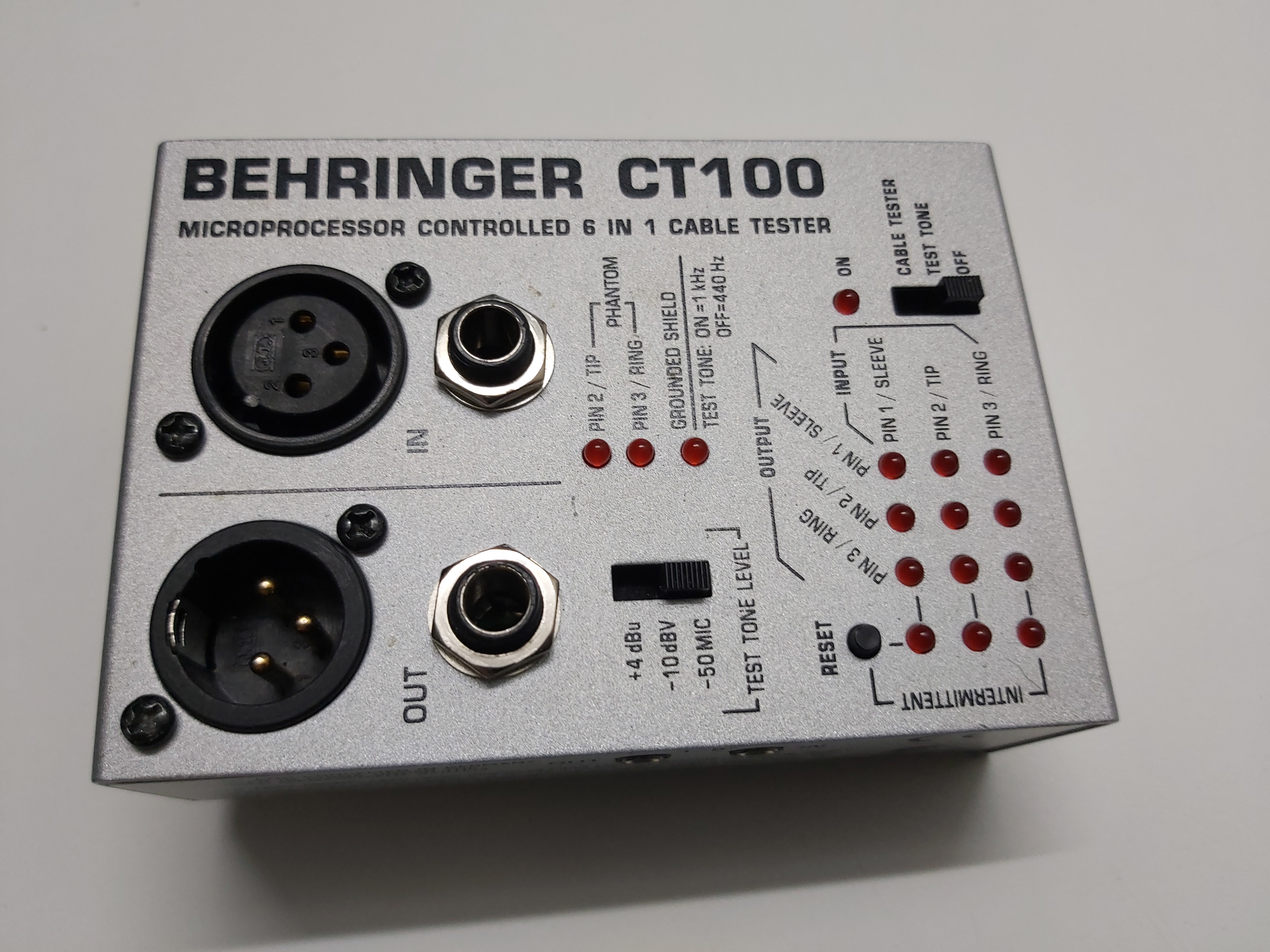
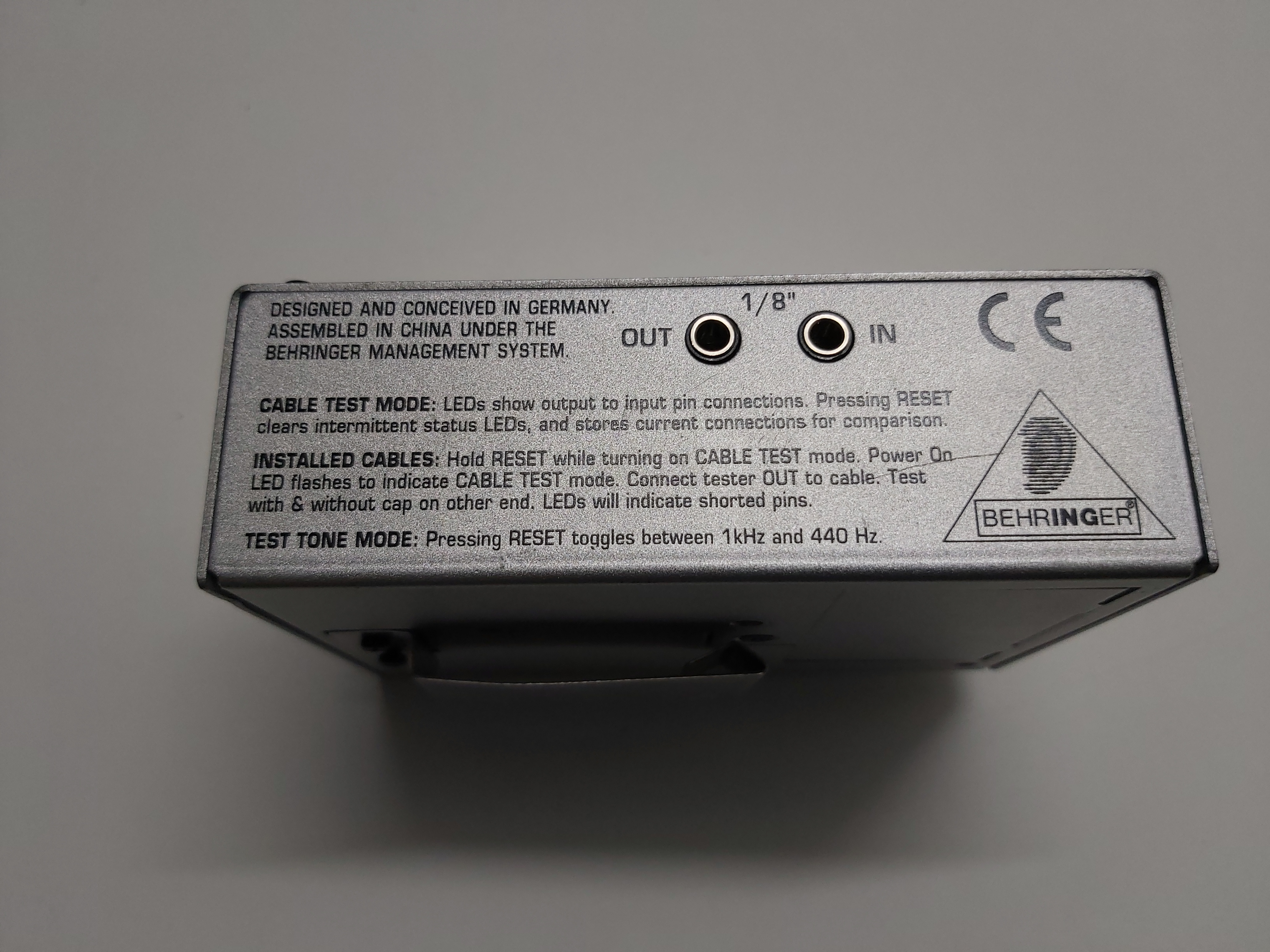
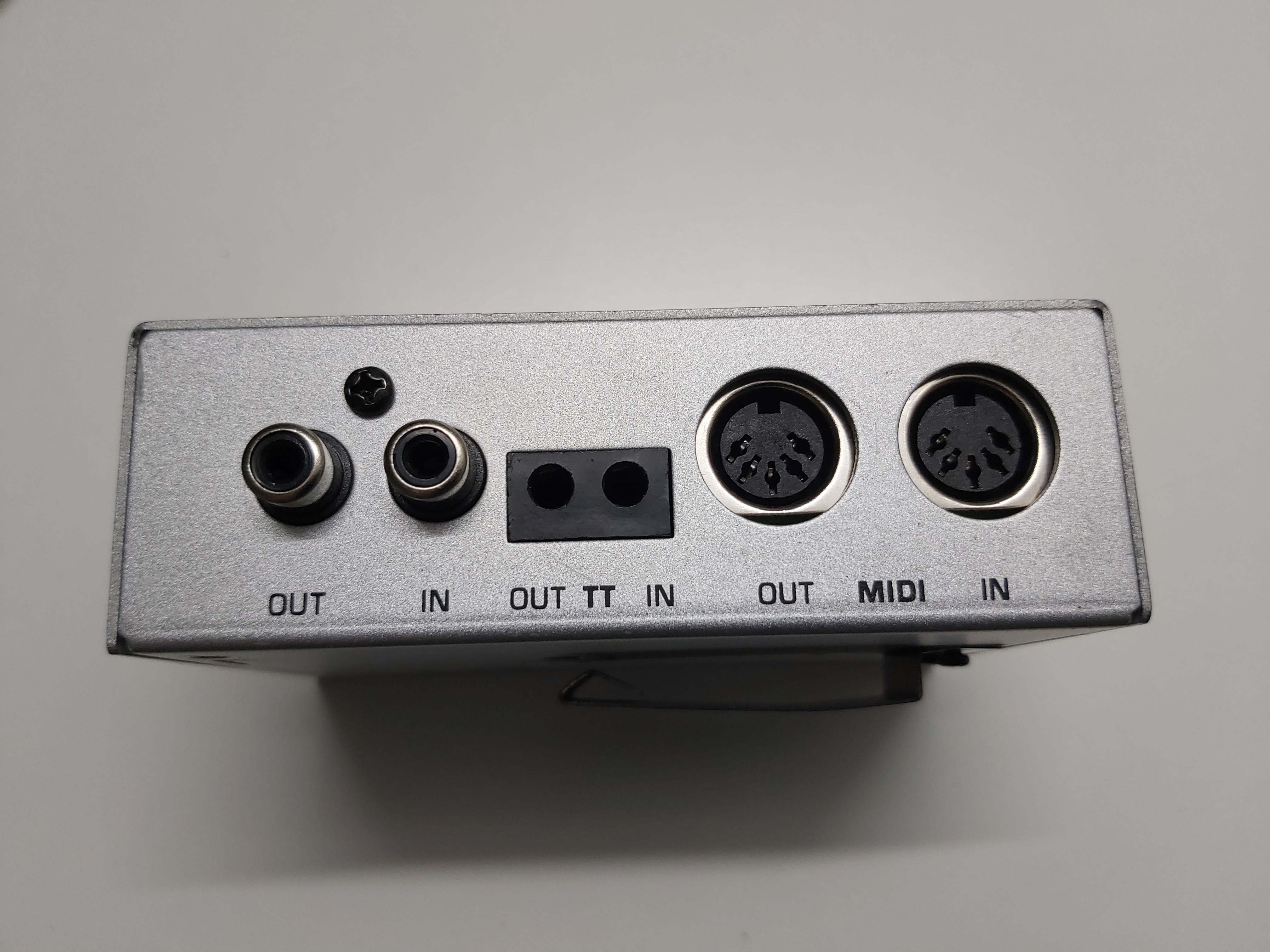
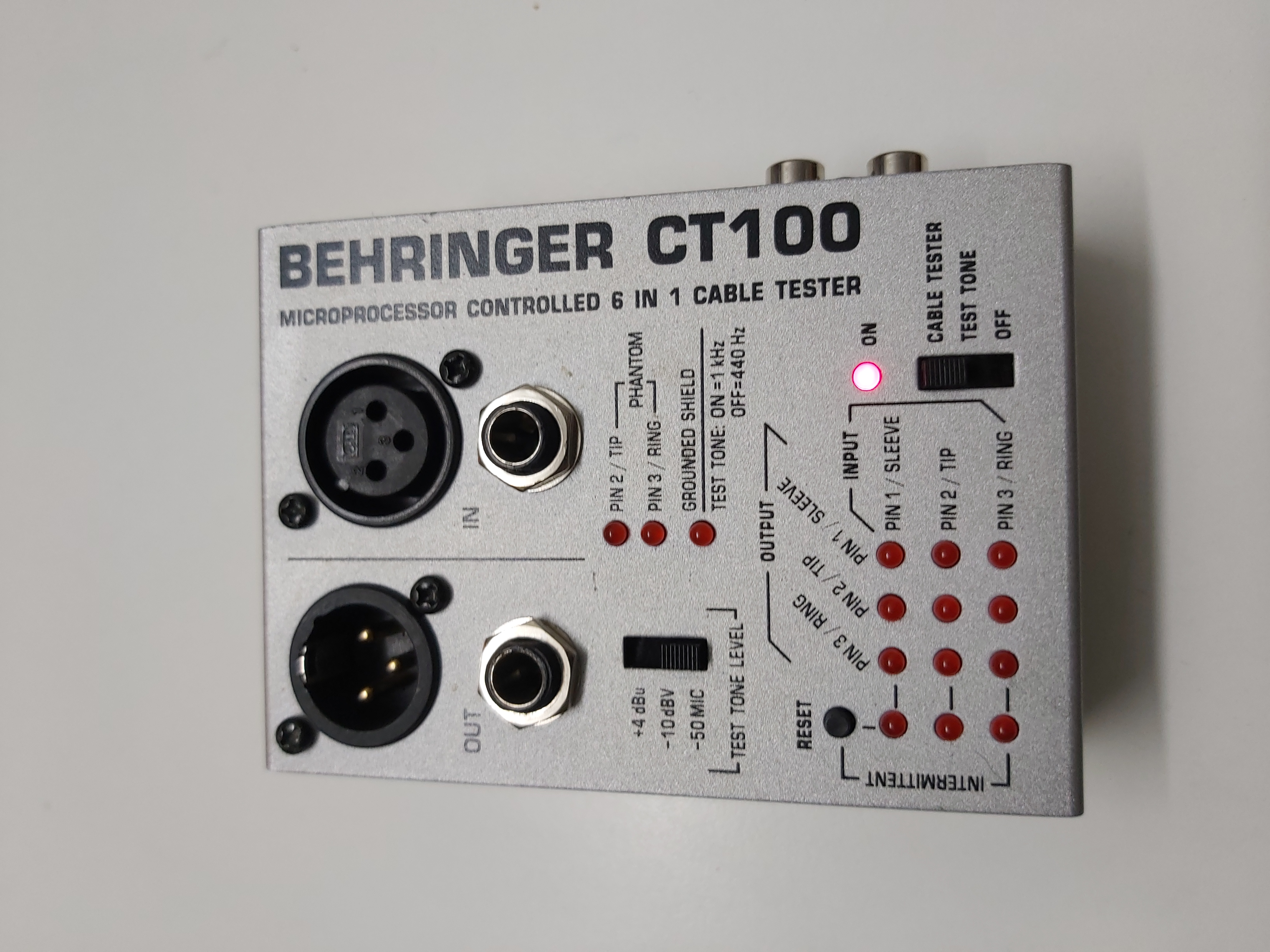
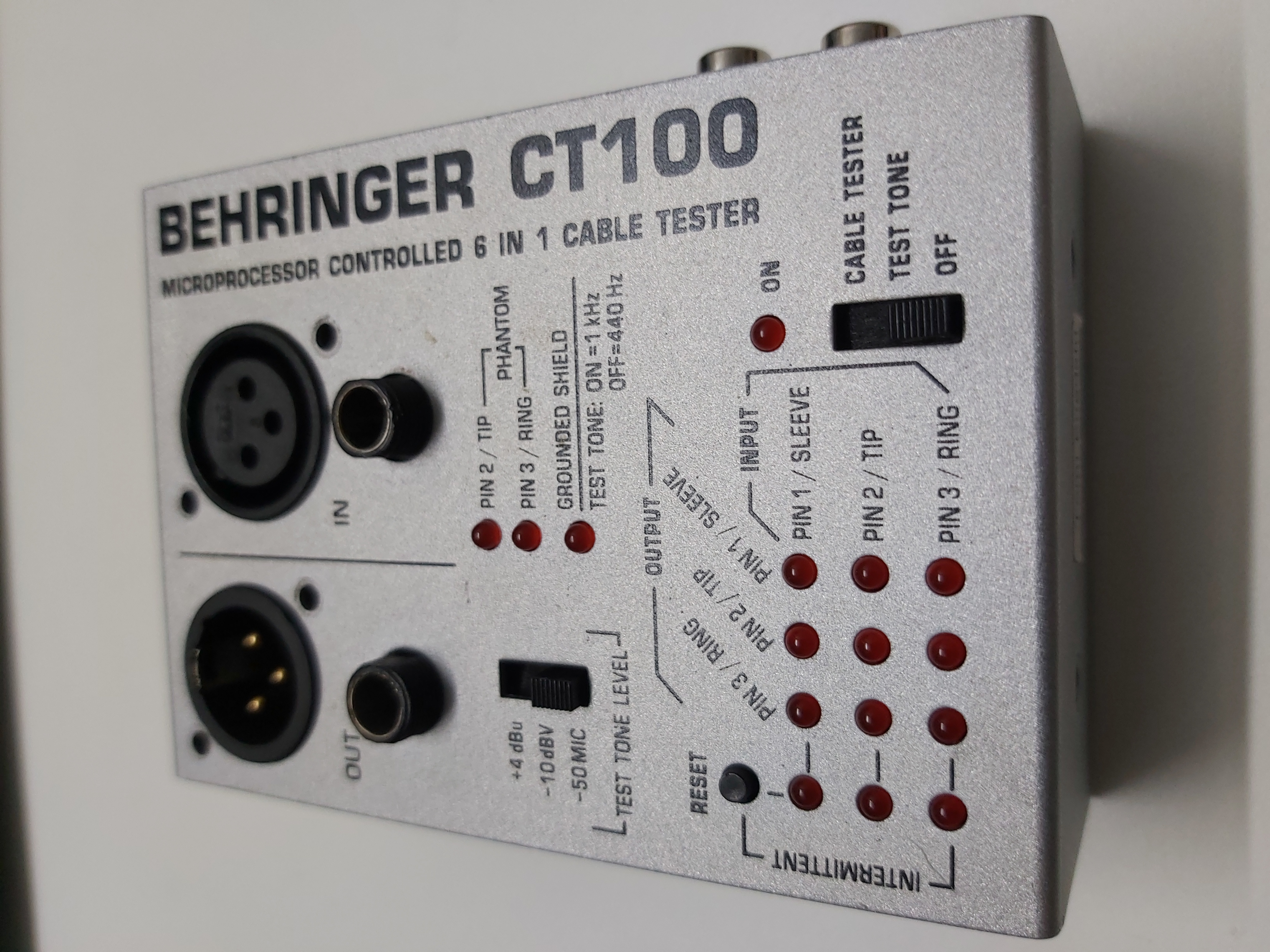
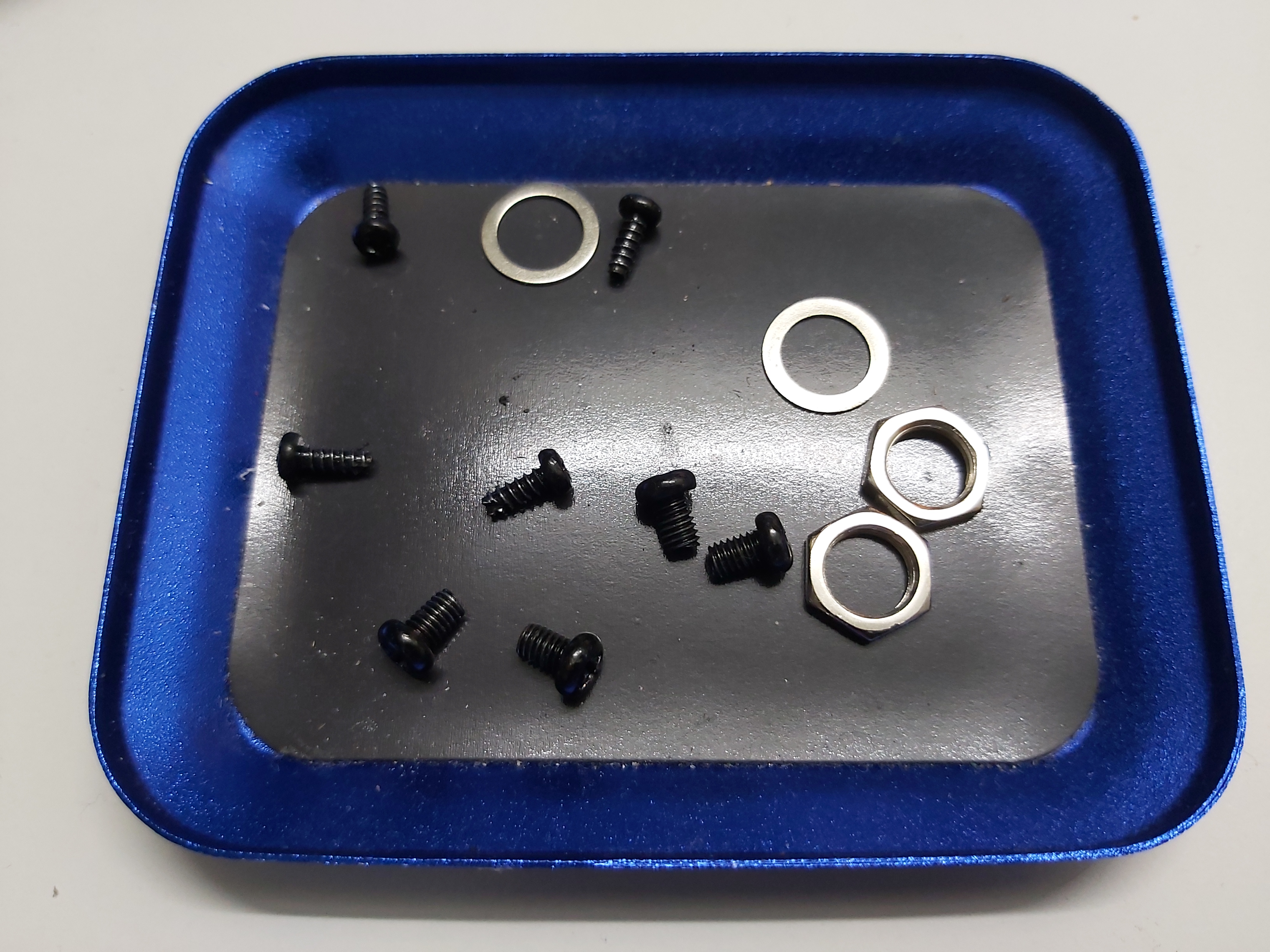
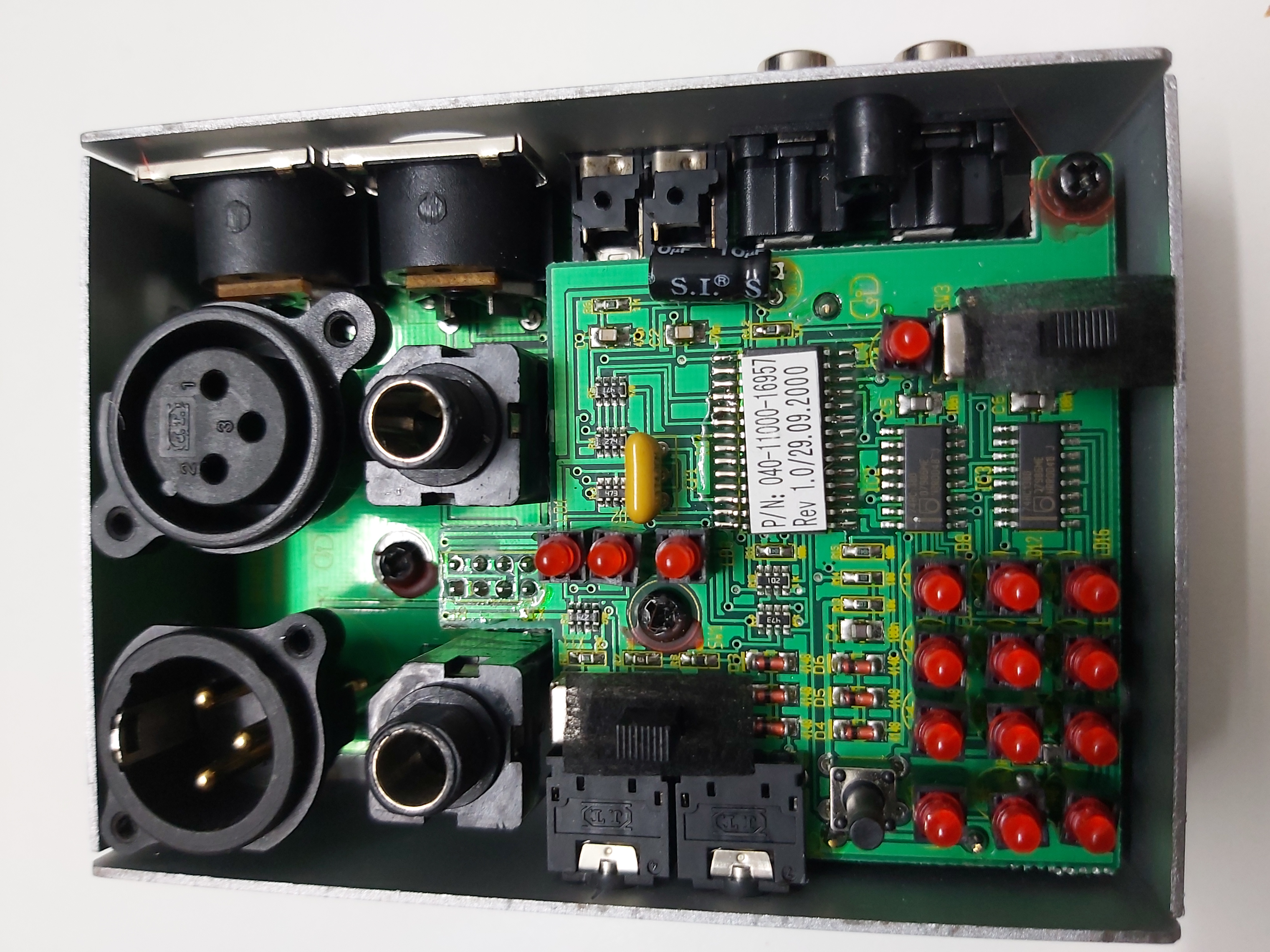
13 Comments
Tomi Engdahl says:
Big brother of this tester?
13 IN 1 Audio Cable Tester (Tests 1/4” (TRS) /1/8” (3.5mm)/XLR (3-Pin)/XLR (5-Pin)/Speakon (4-Pin)/Speakon (8-Pin)/RCA/TT/Bantam/RJ45/USB-A/USB-B/DIN (3-Pin, 5-Pin, 7-Pin, Or 8-Pin)/DIN (4-Pin)
https://www.pyleaudio.com/sku/PCT60/13-IN-1-Audio-Cable-Tester-(Tests-14-(TRS)-18-(35mm)XLR-(3-Pin)XLR-(5-Pin)Speakon-(4-Pin)Speakon-(8-Pin)RCATTBantamRJ45USB-AUSB-BDIN-(3-Pin,-5-Pin,-7-Pin,-Or-8-Pin)DIN-(4-Pin)
The PCT60 is an incredibly versatile 13-in-1 cable tester that quickly delivers accurate continuity information about many different kinds of cables. LEDs on the unit confirm each conductor’s continuity and connection. Also includes ground connection status check so you know the tester is accurate. Tests ¼” (TRS), 1/8” (3.5mm), XLR (3-pin and 5-pin), Speakon (4-pin and 8-pin), RCA, TT, Bantam, RJ45, USB-A, USB-B, DIN (3-pin, 4-pin, 5-pin, 7-pin, or 8-pin).
Tomi Engdahl says:
https://www.pyleaudio.com/sku/PCT40/12-Plug-Pro-Audio-Cable-Tester
Tomi Engdahl says:
https://homerecording.com/bbs/threads/behringer-is-at-it-again.48497/
Compare, if you will, the following two products: the Ebtech Swizz Army Cable Tester (available since 1997, made in the USA, patents pending), and the Behringer CT100,
The CT100 lists itself as “Conceived and designed in Germany, and manufactured in China under the Behringer Management System.”
The two products are absolutely identical… but the Swizz Army is $149, and the Behringer is $59. It’s amazing how cheaply you can make things when you don’t have to employ people to design them, isn’t it?
Tomi Engdahl says:
https://www.pyleaudio.com/sku/PCT60/13-IN-1-Audio-Cable-Tester-(Tests-14-(TRS)-18-(35mm)XLR-(3-Pin)XLR-(5-Pin)Speakon-(4-Pin)Speakon-(8-Pin)RCATTBantamRJ45USB-AUSB-BDIN-(3-Pin,-5-Pin,-7-Pin,-Or-8-Pin)DIN-(4-Pin)
Tomi Engdahl says:
What’s Inside the Sound Bullet by Sonnect Audio?
https://www.youtube.com/watch?v=qnTweYIhJNg
Something different today, taking apart the Sound Bullet by Sonnect Audio & appreciating how well it is designed and built. This is how you design for sustainability. Bravo to the team at Sonnect for taking so much care in making their products repairable and built to an incredible standard, without compromising quality or sending the price sky high.
Tomi Engdahl says:
https://sonnectaudio.com/
Tomi Engdahl says:
Millenium MCT-20
https://www.thomann.de/fi/millenium_mct20.htm
Tomi Engdahl says:
Alctron db-2 Audio cable measuring line test cable tester instrument sound engineering assistant
https://www.aliexpress.com/item/32822871632.html
Tomi Engdahl says:
Audio Cable Testing
by MR-PRO
https://www.nti-audio.com/Portals/0/data/en/NTi-Audio-AppNote-MR-PRO-for-Cable-Testing.pdf
The MR-PRO features a cable test function that quickly detects
bad or wrongly terminated XLR cables.
The cable test function detects the 1:1 connection of XLR cables
by adding two different resistances at the cable end (1 kOhm and
2 kOhm resistance). In case the impedance measurement finds
the expected resistance values then the MR-PRO indicates “OK”
for a proper 1:1 connection
http://www.nti-audio.com
A p p l i c At i o n n ot e
page 2 / 3
Sample Test Results displayed on the MR-PRO Screen
The tested cable is defective, the pins
2 and 3 are crossed. Other error indi-
cations may appear depending on the
cables fault.
The tested cable is OK.
2. Cable test for pin1 detection
Imagine you assemble a standard 3-pin XLR cable, but acciden-
tally solder the cable shield to pin 2 and the hot wire to pin 1 on
both sides. This cable is commonly analyzed by all cable testers as
“OK”, as all pins are 1:1 connected, but the MR-PRO detects such
assembly problems.
How can a wrongly connected shield be detected?
A good XLR cable is a nearly perfect balanced device. For most
audio cables the capacities between pin2 – pin1 and pin3 – pin1
will differ less than 5%. Differences higher than 10% are pos-
sible indications of a shielding fault. Differences exceeding 25%
confirm an unbalanced cable, caused by a wrongly assembled
shield
Tomi Engdahl says:
https://www.nlfxpro.com/nlfx-professional-moat-cable-tester/
https://www.thomann.de/fi/millenium_mct20.htm
Tomi Engdahl says:
https://www.thomann.de/fi/millenium_mct20.htm
Tomi Engdahl says:
This is the original that they copied. https://www.sweetwater.com/store/detail/SwizzArmy–ebtech-ct-sswizzarmy
Tomi Engdahl says:
Something different today, taking apart the Sound Bullet by Sonnect Audio & appreciating how well it is designed and built. This is how you design for sustainability. Bravo to the team at Sonnect for taking so much care in making their products repairable and built to an incredible standard, without compromising quality or sending the price sky high.
https://youtu.be/qnTweYIhJNg?si=Eu7JY5G45-3S8W8f